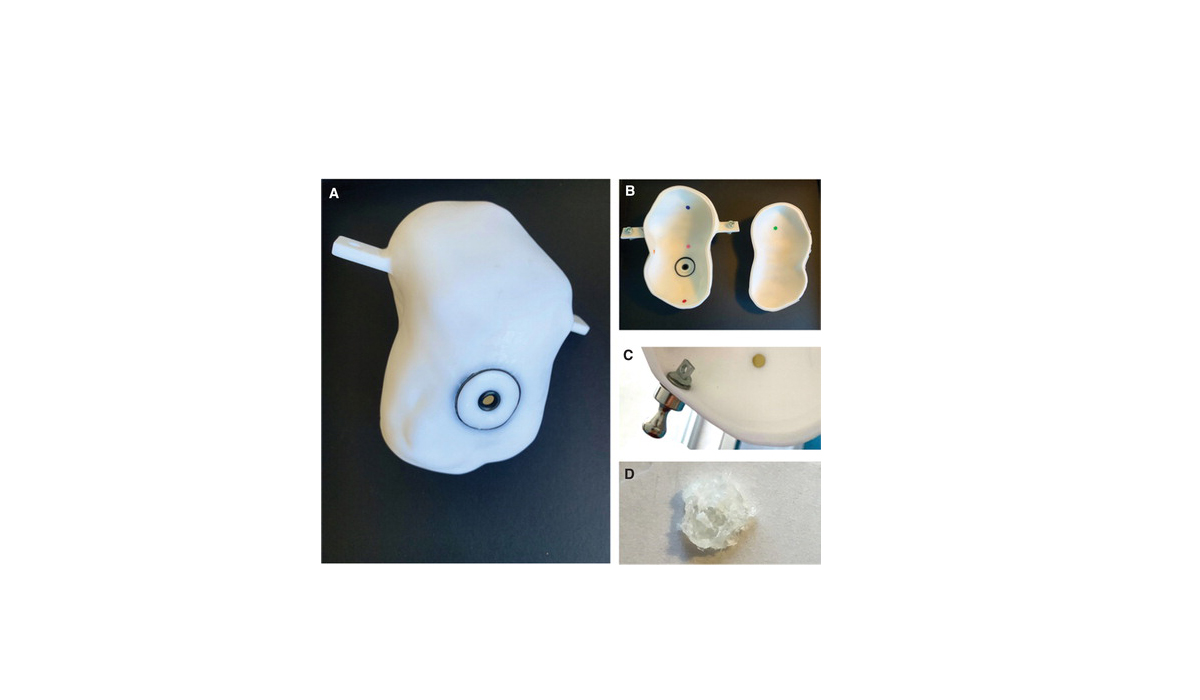
The authors of a recent urology study out of Germany say they have developed a cost-effective, anatomically accurate, and user-friendly 3D-printed phantom bladder.
It has the potential to accelerate training in a safe and realistic environment, they write.
The bladder model developed for this study was evaluated by 12 experienced urologists and 115 medical students for its ability to train in cystoscopy, guidewire insertion, and tumor biopsy. The surveyed urologists gave it an excellent rating.
The experienced urologists noted its appropriate anatomy and ability to perform realistic endoscopic tasks. The replica earned high marks as a trainer and was recommended for continued use.
“Mastery and internalization” of challenging cystoscopy tasks are the foundation for endourological training, according to the researchers. “However, the hand-eye coordination for the visualization of the entire bladder surface as well as the necessary blind control of the different working channels of the endoscope can confront beginners with difficulties that could potentially be overcome by enhanced skills training.”
The authors initiated the study because bladder replicas aren't readily available, don't often reflect the bladder's true anatomy, and are expensive. Well-designed phantom bladders, they add, can be utilized by experienced clinicians to practice with new technology, while trainees can use the models to practice and learn from their mistakes.


